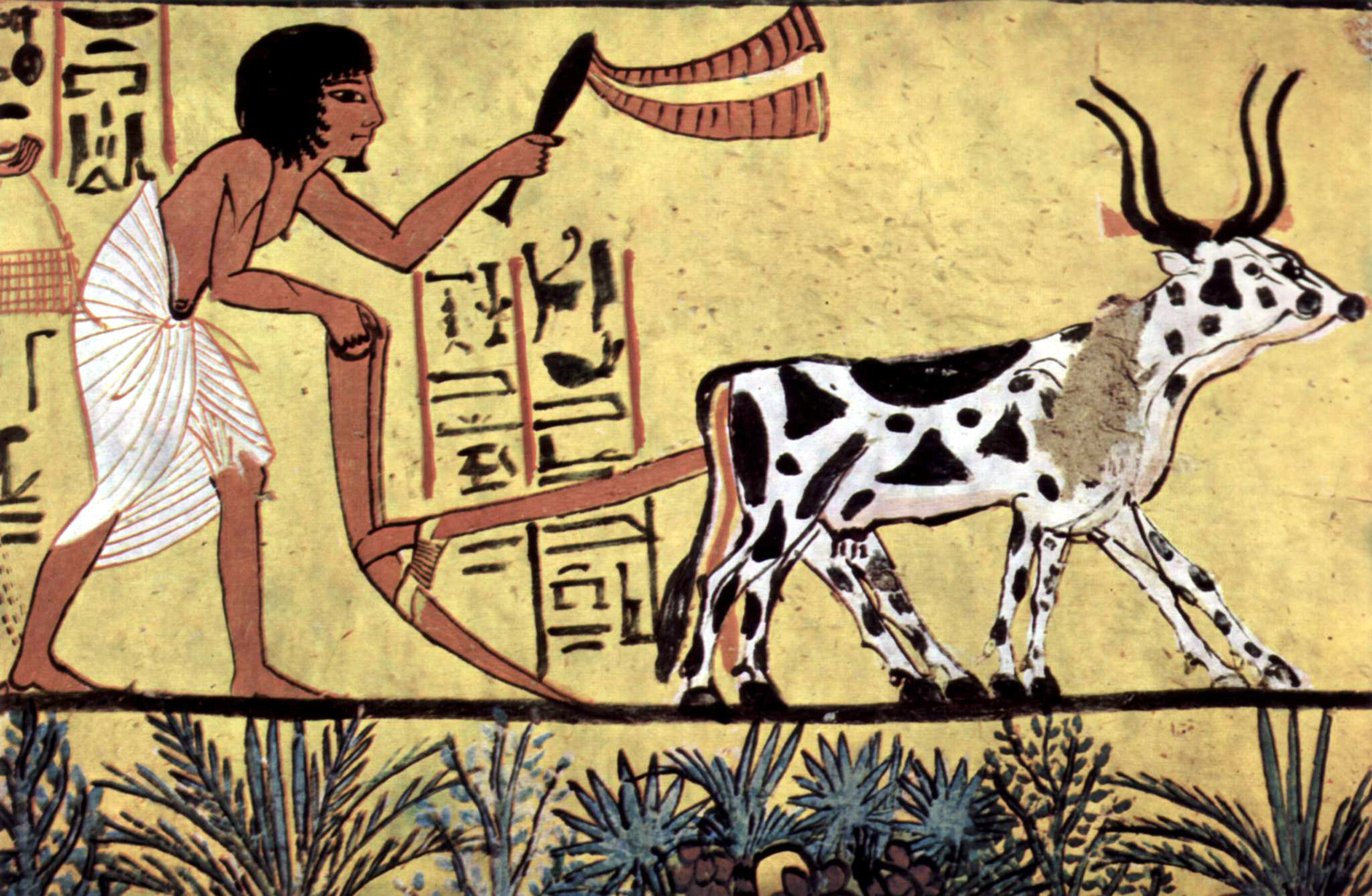Post 112 -by Gautam Shah
.
Humans developed a capacity to touch the digits of hand fingers
with the thumb, along with the formation of hand tools. It
substantially added to the capacity to coordinate tasks, power of
observation and learning. First tools like sticks, extended the reach
and handling ability. Small objects became target throwing tools.
The wrist, palm, thumb and fingers, all in coordinated manipulation
improved the human the task capacities.
.jpg) |
| Imaginative depiction of the Stone Age, by Viktor Vasnetsov |
The oldest known tools date back to 26 00 000 years. For 20 00 000
years, rock chopper was the only tool for cutting and scrapping
through the skin and sinews of the hunted animal, until hand axe, a
superior version of the chopper appeared.
The chopper was just a fist-sized rock, chipped on one face, to
form a roughly toothed but sharp edge. It was the only tool, till
a superior tool the handled axe was devised. The stone edge of
the handled axe was chipped all around, so was sharper and
more effective than earlier chopper.
About 110,000 years back Neanderthal man began to use many
different types of handled tools like axes, borers, knives and spears.
In all these tools, the edges were heavily notched (due to chipping of
the stone), but a toothed edge helped purposes such as carving,
cutting and boring of materials like horn, bone, skins, wood, stones,
etc. The edge stones were complimented by handles of wood and
bones, tied with natural fibres, vines or guts.
 |
| A fire-saw tool to create fire an object "sawed" against a piece of wood |
Approximately 35000 years back, Cro-Magnon man devised newer
tools. Burin, an engraving tool, was made from a sharp narrow flint
blade for incising and burrowing. This made it possible to work the
horn and bone into combs, needles, beads and such other small
items. Tools similar to a burin were used for cleaning and shaving
hides.
_and_two_one-sided_wooden_metal-shod_spades.jpg) |
| Primitive metal spade and two one-sided wooden metal-shod spades |
Same tools were used for many different materials and equally varied
work conditions. Specialized tools emerged as materials technology
advanced from stone age, bronze age, to iron age.
Complementary tools such as for gripping tools, holding the work
pieces, sharpen used tools and measuring items were now produced.
By Neolithic Period, about 7000 BC, ground tools replaced the
chipped stone’s edges and points. Sharper ground tools were now
used for agricultural operations, fuel conversion and for better shelter
building. Tools increased the physical and remote (throw) reach,
work and manipulative capacities of the body.
A tool is any physical item that can be used to conduct a task.
Informally it also describes the related process. Tools have
many designations such as handle, device, apparatus, vessel,
holder and grip. A set of tools or process conducting facility is
an equipment. Tool making, handling, task conducting, all make
the realm of technology.
.jpg) |
| >> Primitive spike harrow (Archaeological museum – Alanya, Turkey) |
Tools were small handy things employed for a variety of jobs.
Specialized utilities for specific work began to be formatted. The
firsts were like the hearth, potter’s wheel, barrow, plough, cart, metal
beating anvils, vessels and utensils, grain storage pits, and dwelling
shells.
 |
| Ox-drawn plough, Egypt, 1200BC. |
First metal age tools were made about 5,000 years ago, by beating
the naturally occurring copper nodules. People learned how to smelt
copper alone, a millennium later, during the iron ages, though
copper+tin alloy, the bronze was available. Iron offered many different
options, making it possible to manufacture specialized tools for
particular tasks.
 |
| Boat-Building with adze 664-634 BC, Limestone, painted (194 x 270 mm). Brooklyn Museum. |
Modern hand tools were developed in the period after 1500 BC.
They are now generally considered in the following classes:
percussive tools, which deliver blows (the axe, adz, and hammer);
cutting, drilling, and abrading tools (the knife, awl, drill, saw, file,
chisel, and plane); the screw-based tools (screwdrivers and
wrenches); measuring tools (ruler, plumb line, level, square,
compass, and chalk line); and accessory tools (the workbench, vice,
tongs, and pliers).
Basic hand tools that occurred in the Stone Age were adze, auger,
axe, knife, hammer, and chisel. During the Bronze Age, primitive
forms of drill and saw were made. Medieval period gave the brace,
tenon saw, and spoke-shave. In the Industrial Revolution
period of the 18th and 19th C., hand tools were replaced by machine
tools. Machine tools such as lathes, shapers, planers, grinders,
saws, and milling, drilling, and boring machines became
sophisticated with high degree of precision. During the early part of
the 20th C., machine tools became more specialized and became
part of assembly-line production systems. These specialized
machine tools made it possible to produce economic and standardized
products on a massive scale, by unskilled labour. In the past few
decades highly versatile, accurate and micro tools with computer
control, Automats and robotics, have been developed. It is now
possible to go from a CAD programme to production, without the
human interface. Robotics has reduced the idle time between
processes, by conducting simultaneous operations in difficult to reach
locations.
.




2 comments:
Checkout our website for various kinds of axes
Axe Selector
PT Delta Trada is Distributor Hand Tools - We sell products such as hand tools ratchet, wrench, socket, torq, hammer,master set, etc. Our product consists of multiple brands.
Post a Comment